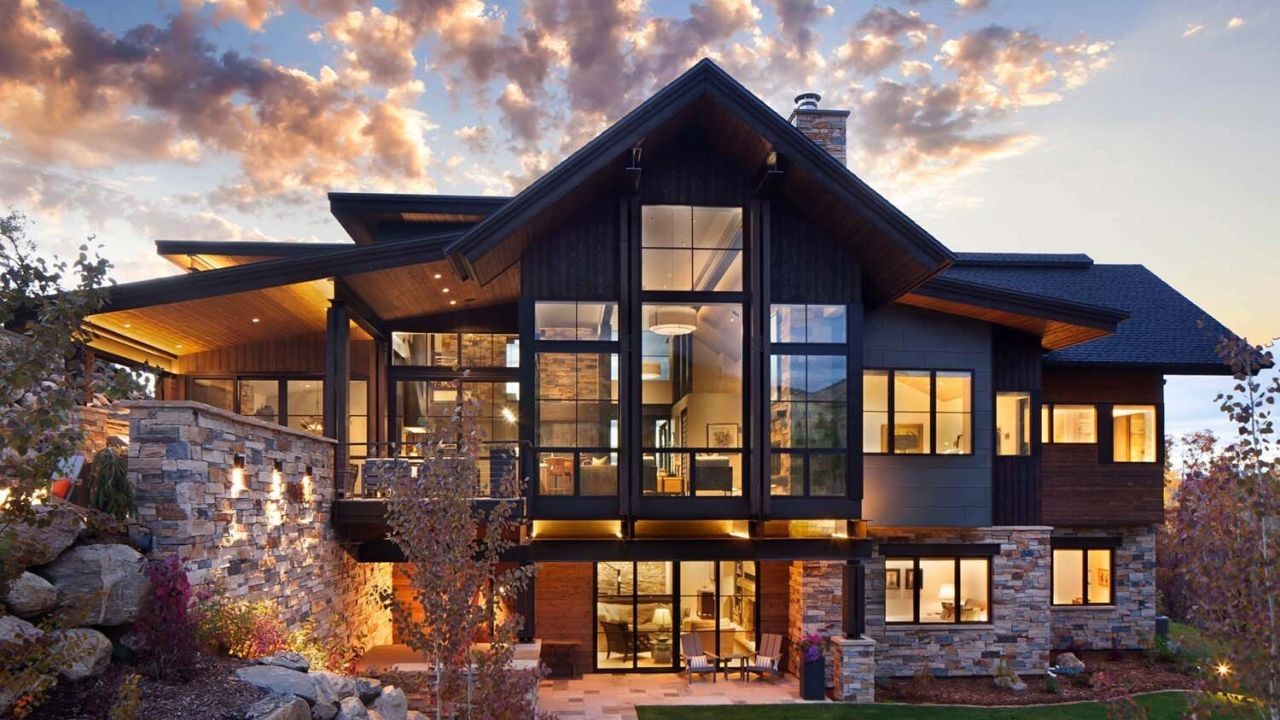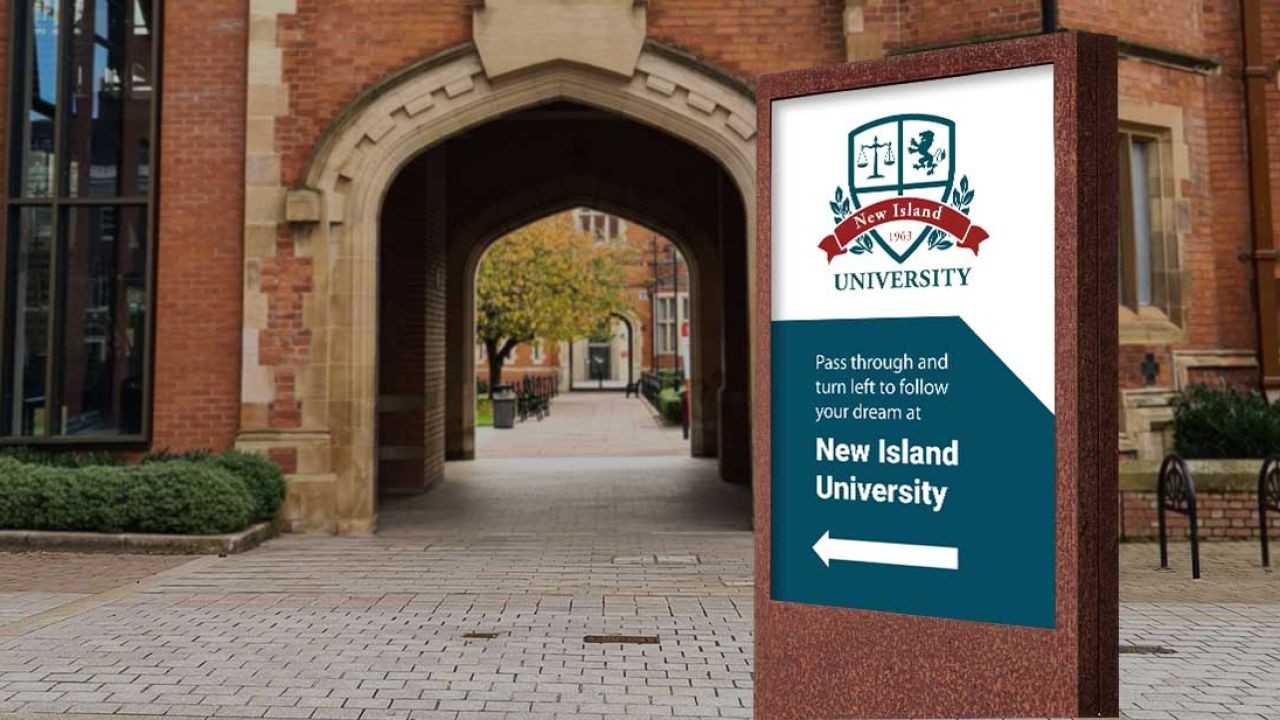In New Zealand, where the housing market is both dynamic and integral to the economy, renovation decisions can significantly impact property value and homeowner satisfaction. The choice between a full home renovation and partial upgrades is a common dilemma for many Kiwis. This article delves into the intricacies of both approaches, offering insights tailored to New Zealand's unique context, economy, and housing trends.
Case Study: The Wellington Bungalow Transformation
Consider the case of a 1930s bungalow in Wellington, owned by the Smith family. Faced with outdated interiors and structural wear, the Smiths had to decide between a complete renovation or targeted upgrades. The decision would affect not only their living conditions but also the property's market value.
The Problem
The bungalow's kitchen and bathrooms were outdated, and the structure lacked energy efficiency—a growing concern in New Zealand, where energy costs have risen by 15% over the past five years (Stats NZ). The Smiths needed to enhance functionality while adhering to a budget.
The Action
After consulting with local experts, they opted for a partial upgrade focusing on energy-efficient windows and modernizing the kitchen. This approach balanced immediate needs with long-term value, leveraging government incentives for energy-efficient home improvements.
The Result
Within a year, the Smiths reported a 20% reduction in energy bills and increased property value by 10%, according to a local valuation. This strategic decision showcased how partial upgrades can effectively address specific pain points without the financial burden of a full renovation.
Takeaway
This case underscores the importance of aligning renovation decisions with current market trends and government incentives. For New Zealand homeowners, strategic upgrades can yield significant returns, especially when focusing on energy efficiency and modern aesthetics.
Pros and Cons of Full Home Renovation
Pros
- Comprehensive Transformation: A full renovation allows for a cohesive design and functional overhaul, enhancing the entire property's aesthetic and structural integrity.
- Long-Term Value: Complete renovations often lead to higher long-term increases in property value, appealing to potential buyers seeking turnkey homes.
- Customization: Homeowners can tailor every aspect of their home to their preferences, ensuring the space meets their lifestyle needs.
Cons
- Higher Costs: Full renovations require significant financial investment, often exceeding initial budgets due to unforeseen issues.
- Extended Timeline: Comprehensive projects take longer to complete, which can inconvenience homeowners.
- Regulatory Challenges: In New Zealand, navigating building consents and compliance can be complex and time-consuming.
Pros and Cons of Partial Upgrades
Pros
- Cost-Effective: Targeted upgrades are generally more affordable, allowing homeowners to prioritize essential areas without overspending.
- Quick Implementation: Smaller projects can be completed faster, minimizing disruption.
- Flexibility: Homeowners can progressively improve their homes, spreading costs over time and adapting as needs change.
Cons
- Limited Impact: Partial upgrades might not significantly increase overall property value compared to full renovations.
- Inconsistent Design: Without a cohesive plan, individual upgrades can result in a disjointed aesthetic.
- Potential Overlap: As multiple small projects accumulate, costs may approach those of a full renovation.
Industry Insights and Emerging Trends
According to the Ministry of Business, Innovation, and Employment (MBIE), the New Zealand construction industry is experiencing a shift towards sustainable materials and practices. This trend is influencing renovation decisions, as homeowners seek eco-friendly options to align with national sustainability goals. Moreover, advancements in smart home technology are becoming a focal point for many renovations, offering enhanced convenience and energy efficiency.
Contrasting Viewpoints: Full Renovation vs. Partial Upgrades
Advocates for full renovation argue that it maximizes property value and future-proofs homes against evolving market demands. However, critics highlight the financial risks and potential for overcapitalization, especially in regions with fluctuating property values.
A middle-ground approach might involve a phased renovation strategy, where homeowners start with essential upgrades and gradually expand to a full renovation as budget and time allow. This strategy can mitigate financial risks while still achieving substantial improvements.
Common Myths and Mistakes
Myth: Full Renovations Always Increase Value
Reality: Overcapitalization is a real risk, particularly in areas where property values are stagnating or declining.
Myth: Partial Upgrades Are Ineffective
Reality: When strategically planned, partial upgrades can address key issues and provide a good return on investment.
Myth: DIY is Cheaper
Reality: Poorly executed DIY projects can lead to costly repairs and diminish property value.
Biggest Mistakes to Avoid
- Neglecting Market Trends: Ignoring local market trends can lead to poor decision-making. Always research current property values and buyer preferences.
- Skipping Professional Advice: Professional insights can prevent costly mistakes and ensure compliance with local regulations.
- Underestimating Costs: Always budget for unexpected expenses to avoid financial strain.
Future Trends and Predictions
By 2028, it's expected that 50% of New Zealand homes will incorporate smart technology as part of their renovations (Source: NZ Tech Trends 2023). This shift will drive demand for tech-savvy professionals and increase the value of homes equipped with such innovations.
Conclusion
In the context of New Zealand's evolving housing market, both full home renovations and partial upgrades have their merits. The decision should be based on individual circumstances, financial capacity, and long-term goals. As the case of the Wellington bungalow illustrates, strategic upgrades can yield significant benefits without the burden of a full renovation. For homeowners considering their next move, understanding the pros and cons of each approach is crucial in making informed decisions that align with market trends and personal needs.
Final Takeaway & Call to Action
Are you considering a home renovation? Evaluate your needs, budget, and market trends before deciding. Share your thoughts or experiences in the comments below!
People Also Ask (FAQ)
How does choosing between full renovation and partial upgrades impact homeowners in New Zealand?Choosing between these options affects property value, energy efficiency, and living conditions. Strategic upgrades aligned with market trends can enhance property value significantly.
What are the biggest misconceptions about home renovations in New Zealand?A common myth is that full renovations always increase value. However, overcapitalization is a risk in fluctuating markets, as shown by recent property market analyses.
What are the best strategies for implementing home renovations?Experts recommend starting with energy-efficient upgrades, consulting professionals for planning, and considering phased renovations to manage costs effectively.
Related Search Queries
- Home renovation trends in New Zealand
- Partial upgrades vs. full renovation
- New Zealand housing market 2024
- Energy-efficient home improvements NZ
- Smart home technology in renovations































rozellatoliver
7 months ago